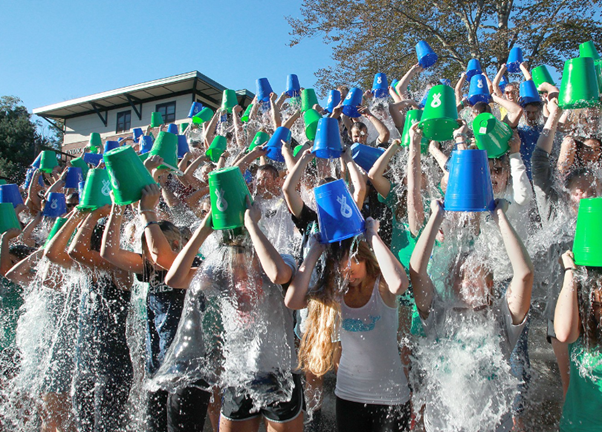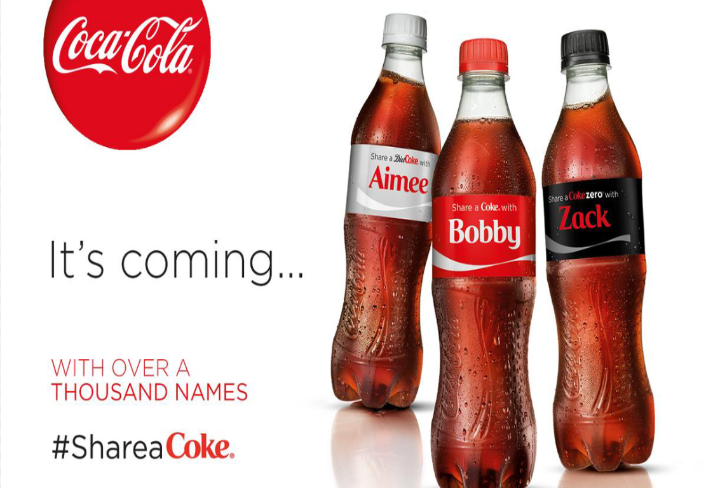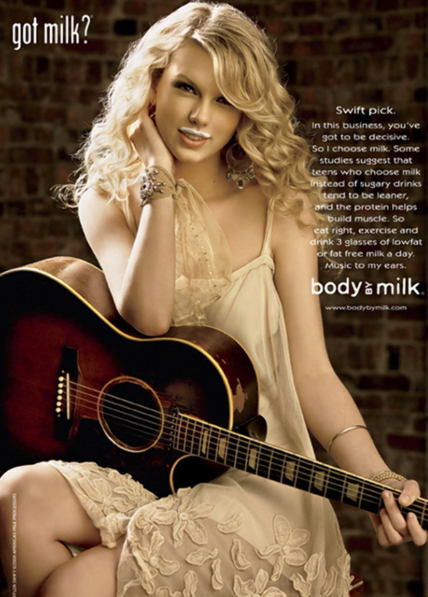Do you remember the Ice Bucket challenge?
It is a viral social media challenge that originated in the summer of 2014 to raise awareness and funds for amyotrophic lateral sclerosis (ALS), also known as Lou Gehrig’s disease.


What about Coca-Cola “Share a Coke” ? In 2011, Coca-Cola launched a campaign that personalized their bottles with people’s names, encouraging customers to share a coke with someone they know. The campaign was a huge success, generating over 998 million impressions on social media and increasing sales by 2.5%.
These are examples of marketing campaigns that went viral. In today’s digital age, every business wants their ideas to go viral. But what makes some ideas spread like wildfire, while others never catch on? Is it luck or something more?! Here, we’ll briefly, explore the secrets of viral marketing, drawing from Jonah Berger’s book “ Contagious: Why Things Catch On”.
- Social Currency
According to Berger’s book, people love to share things that make them look good. This is called social currency. When we share something that is interesting, useful, or entertaining, we are signalling our own intelligence, humour, or taste to others. So, if you want your ideas to go viral, make sure they have a high social currency. For example, you can create content that makes people feel smart, exclusive, or part of a secret club.
- Triggers that Spark Remembrance

Triggers are cues that remind people of your idea. For example, the famous “Got Milk?” campaign was designed to trigger people’s memory of the importance of drinking milk. To create effective triggers, you need to understand your target audience and the context in which they will encounter your idea. For example, you can create content that is relevant to a current event, a holiday, or a shared experience.
- Emotion
Emotion is a powerful driver of viral marketing. As Kara Trivunovic explains in her ClickZ article, people are more likely to share content that makes them feel something. Whether it is joy, anger, sadness, or surprise, emotions can help your ideas stand out from the noise. To create emotional content, you need to understand your target audience’s values, fears, and aspirations.
- Practical Value
Berger’s book highlights the importance of practical value in viral marketing. People are more likely to share ideas that are useful, informative, or practical. For example, a how-to video, a tutorial, or a life hack can provide practical value to your target audience. To create content with practical value, you need to understand your target audience’s pain points, challenges, and goals.
- Stories

In his book “The Tipping Point,” Malcolm Gladwell emphasizes the importance of stories in making ideas go viral. Stories can help your ideas connect with people on an emotional level and make them more memorable. For example, the “Dove Real Beauty” campaign used real stories of women to challenge beauty stereotypes and promote body positivity. To create effective stories, you need to understand your target audience’s values, aspirations, and experiences.
By understanding the principles that make ideas more likely to go viral, businesses can create marketing campaigns that have a greater chance of success such the examples provided above.
